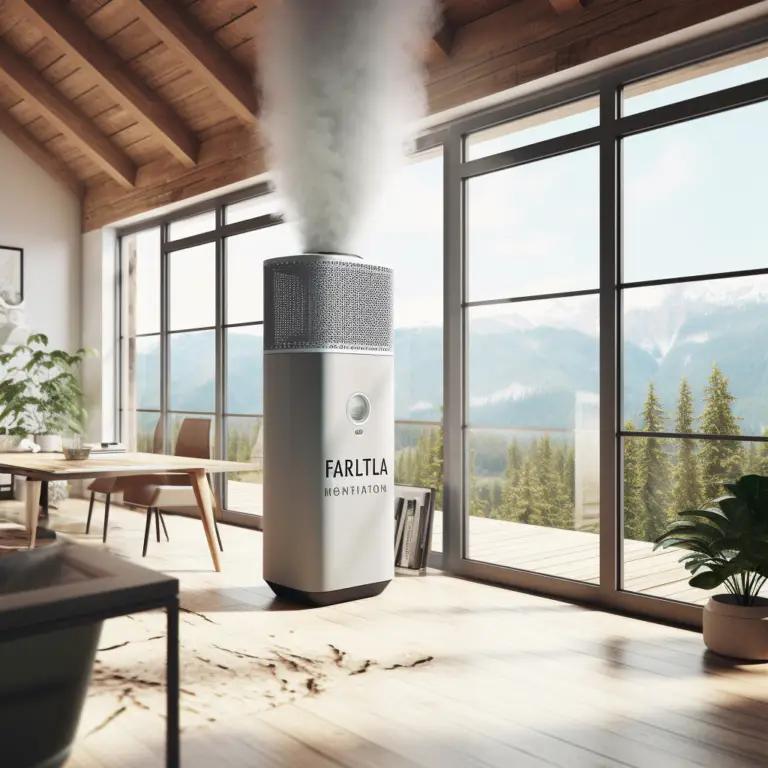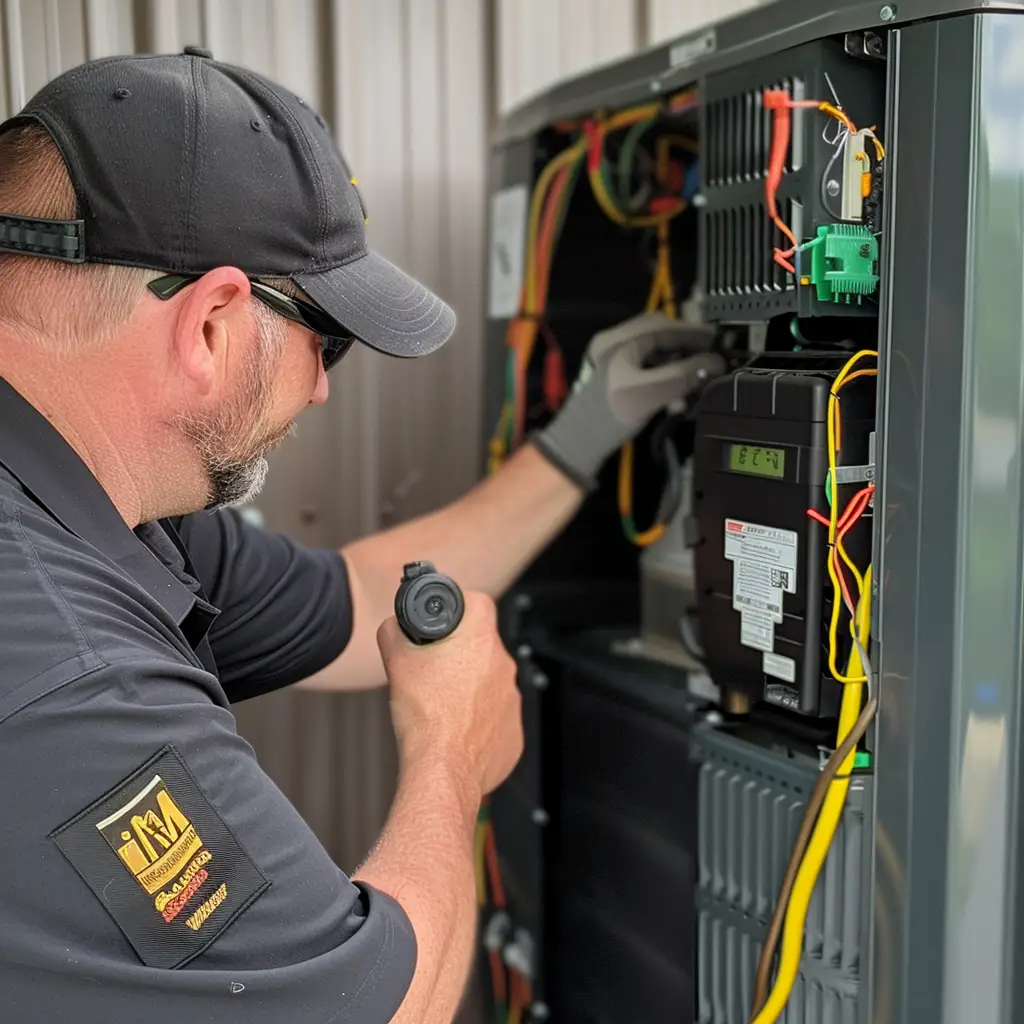Introduction
Breathe in, breathe out. It’s something we do every moment, without even thinking about it. But what if I told you the air you’re breathing right now might not be as pure as you think? Enter indoor air pollution – a silent menace lurking in the comfort of our own homes.
The Importance of Indoor Air Quality
Understanding Indoor Air Pollution
Indoor air pollution refers to the contamination of air within homes and other buildings. It’s a cocktail of different pollutants, from chemical vapors to microscopic particles, and it’s more common than you might think.
Health Implications of Poor Indoor Air Quality
Air quality isn’t just about comfort; it’s about health. Poor indoor air quality can lead to headaches, allergies, respiratory diseases, and even chronic illnesses like heart disease and cancer. Children, the elderly, and those with pre-existing health conditions are particularly vulnerable.
Sources of Indoor Air Pollution
Household Products
Cleaning Agents
Cleaning agents help us maintain a tidy home, but did you know they can also be a significant source of indoor air pollution? Many contain volatile organic compounds (VOCs), which can cause health problems when inhaled.
Beauty and Personal Care Products
From hairspray to nail polish, many personal care products also emit VOCs. Even products labeled as “natural” or “organic” can contribute to indoor air pollution.
Building Materials
Materials like paint, adhesives, and pressed wood products can release harmful chemicals into the air. Asbestos, a notorious indoor pollutant, was once commonly used in building insulation.
Indoor Combustion
Cooking, heating, and lighting can all lead to indoor air pollution, especially when not properly ventilated. Burning candles and incense can also contribute.
Practical Ways to Reduce Indoor Air Pollution
Regular Ventilation
Keeping windows open when the weather allows, or using exhaust fans, can help clear out indoor pollutants.
Control Humidity
High humidity can foster mold growth, a major contributor to indoor air pollution. Aim for a humidity level between 30% and 50%.
Regular Cleaning
Regularly dusting, vacuuming, and washing surfaces can keep allergens and pollutants under control.
Air Purifying Plants
Certain houseplants, like the peace lily or snake plant, can help filter out pollutants from the air.
Indoor Air Purifiers
Whole house air purifiers can help reduce indoor pollutants, but they should be seen as a complement, not a replacement, for other measures.
Innovative Techniques for Improved Indoor Air Quality
Beyond the traditional methods, innovative technologies are emerging that promise to enhance our control over indoor air quality. From smart air monitors that can detect and identify specific pollutants in real time, to advanced air filtration systems that can neutralize even the smallest particles, the future of indoor air quality looks promising.
To learn how to reduce indoor air pollution using houseplants, watch this video by American Chemical Society
Trust AirPoint for Better Indoor Air Quality
At AirPoint, we understand the importance of clean indoor air. As a Carrier factory authorized dealer and NATE certified in Toronto, we offer top-of-the-line products and services to help improve your indoor air quality.
We’re proud to have been awarded the HomeStars Best of the Best 2023 and to be rated 5 stars on Google and HomeStars. All of our technicians are fully certified by TSSA, HRAI and CSA. Trust AirPoint to help you understand and mitigate indoor air pollution, creating a healthier and more comfortable home environment for you and your loved ones.
Your Indoor Air Quality Questions Answered
What are some common indoor air pollutants?
Common indoor air pollutants include dust, pollen, mold spores, volatile organic compounds (VOCs) from household products, and combustion by-products like carbon monoxide and nitrogen dioxide.
Are air purifiers effective at reducing indoor air pollution?
Yes, air purifiers can help reduce indoor air pollution by filtering out airborne particles and pollutants. However, they should not be the sole measure for improving indoor air quality. Adequate ventilation, regular cleaning, and controlling sources of pollution are also important.
Can indoor plants really purify the air?
Certain indoor plants can help remove some types of pollutants from the air. However, the effect is generally modest and should not be relied upon as a primary means of improving indoor air quality.
What is the impact of indoor air quality on health?
Poor indoor air quality can lead to a variety of health problems, including allergies, respiratory diseases, and even chronic conditions like heart disease and cancer. Some people, such as children and the elderly, may be more vulnerable to these effects.
How can I test the air quality in my home?
There are indoor air quality testing kits available that can measure levels of specific pollutants. Alternatively, professionals can be hired to perform more comprehensive testing.





